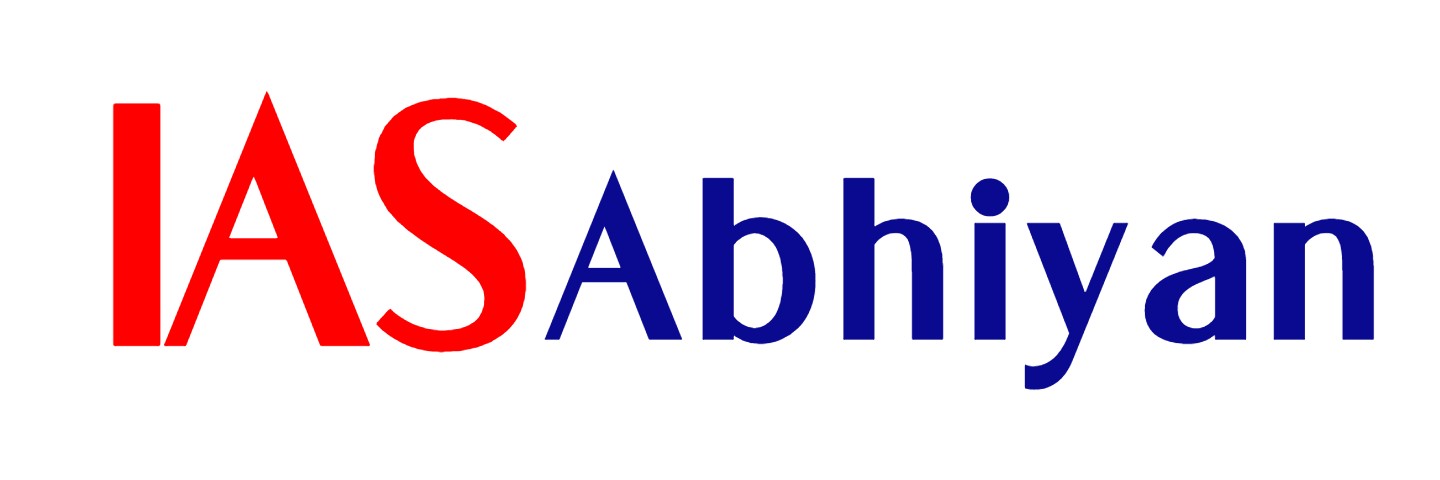- The Ganga Action Plan (GAP) Phase – I which was taken up as 100% centrally funded scheme and aimed at preventing the pollution of river Ganga and to improve its water quality. The plan was started in June 1985. The program of river cleaning was extended to other major rivers of the country under two separate schemes of GAP Phase – II and the National River Conservation Plan (NRCP). Yamuna and Gomati Action Plans were approved in April 1993 under Ganga Action Plan Phase – II. Programs of other major rivers were subsequently approved in 1995 under NRCP. After launching of NRCP in 1995, it was decided to merge GAP II with NRCP.
- Under GAP Phase-I pollution abatement works were taken up in 21 class-I towns in UP, Bihar and West Bengal. This Phase has been declared complete on 31st March 2000 at a cost of Rs 451.70 cr.
National Ganga River Basin Authority (NGRBA):
- Building on lessons from the past, the Government of India (GoI) has developed a new and more comprehensive vision for clean-up and conservation of the Ganga, led by the establishment of the National Ganga River Basin Authority (NGRBA) in 2009. The NGRBA has been given a mandate to develop a multi-sector program (“the NGRBA Program”) for ensuring pollution abatement in the Ganga.
- The NGRBA has been established as a collaborative institution of central and state governments. It is chaired by the Prime Minister, with membership comprising of key GoI ministers and the Chief Ministers of the five basin states. NGRBA also has nine members representing civil society. Each of the five states has also constituted a State Ganga River Conservation Authority (SGRCA), to coordinate and implement the NGRBA Program at the state level. The central Ministry of Environment and Forests (MoEF) has been designated as the nodal agency for the program. The NGRBA is constituted under the Environment Protection Act of 1986, which gives it strong regulatory and enforcement powers.
- Initially, the NGRBA programme will set up the NGRBA’s operational-level institutions, address the critical knowledge needs, design the investments program and implement the obvious priority investments. The programme will address multiple sources of pollution, including wastewater, solid waste and non-point sources. It would also seek to maintain adequate in-stream flows and other measures for ecological restoration of the river.
- The costs of the NGRBA Program will be shared in 70:30 ratios between the central and state governments. In that regard, the program follows the model of “centrally sponsored schemes”, whereby the central government gives grants to states for achieving specific objectives, while requiring the states to share some of the costs.
- The World Bank intends to support the NGRBA initiative in the long term through provision of substantial financing, knowledge support, and assistance in building a consortium of financiers.
Objectives:
- The objective of National River Conservation Plan being to improve the water quality of the major rivers which are the major fresh water source in the country through the implementation of pollution abatement Schemes. It covered pollution abatement works in 46 towns along the polluted stretches of 18 rivers spread over 10 States. The Ganga Action Plan Phase-II was merged with NRCP in December 1996. Seven additional towns of Tamil Nadu were approved in January 2001 at a cost of Rs 575.30 crore on this funding pattern.
- In a meeting of the National River Conservation Authority held in March, 2001 under the Chairmanship of Prime Minister of India, it was decided to adopt an integrated approach for the river cleaning programmes; and that all future works would be shared on 70:30 basis between the Centre and the State Governments. Of the State share, the share of public shall be minimum of 10% of the total costs.
Activities Covered:
The activities under NRCP include the following:
- Interception and Diversion works to capture the raw sewage flowing into the river through open drains and divert them for treatment
- Sewage Treatment Plants for treating the diverted sewage
- Low Cost Sanitation works to prevent open defecation on riverbanks
- Electric Crematoria and Improved Wood Crematoria to conserve the use of wood and help in ensuring proper cremation of bodies brought to the burning ghats
- River Front Development works such as improvement of bathing ghats
- Public awareness and public participation
- HRD, capacity building, training and research in the area of River Conservation
- Other miscellaneous works depend upon location specific conditions including the interface with human population
